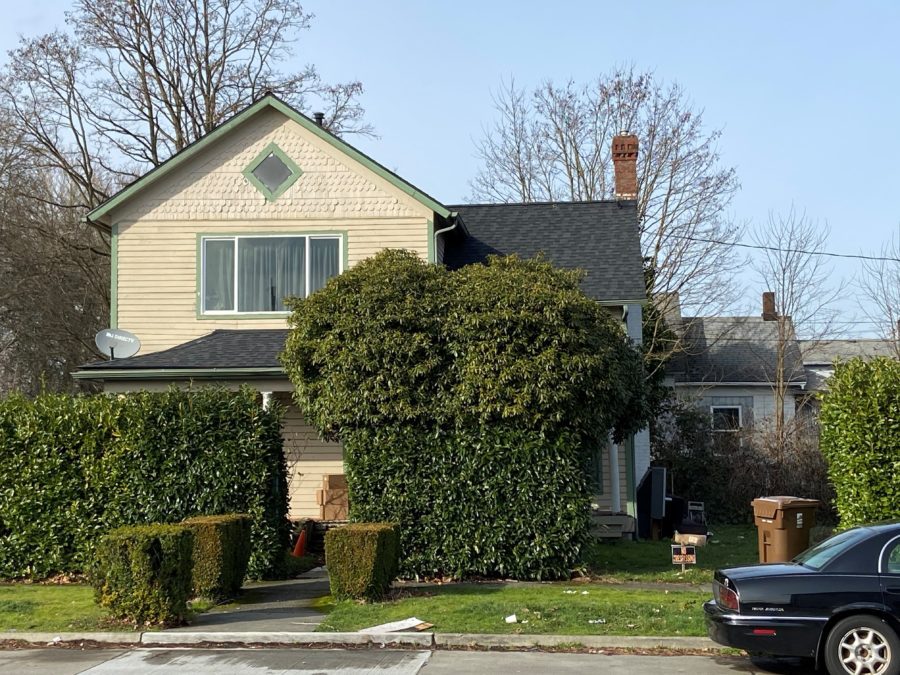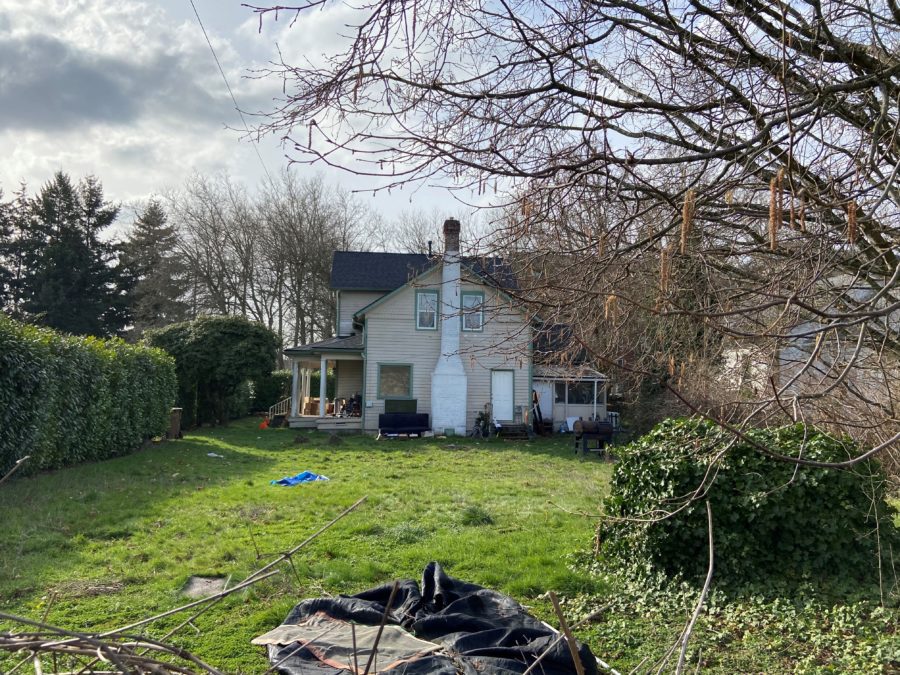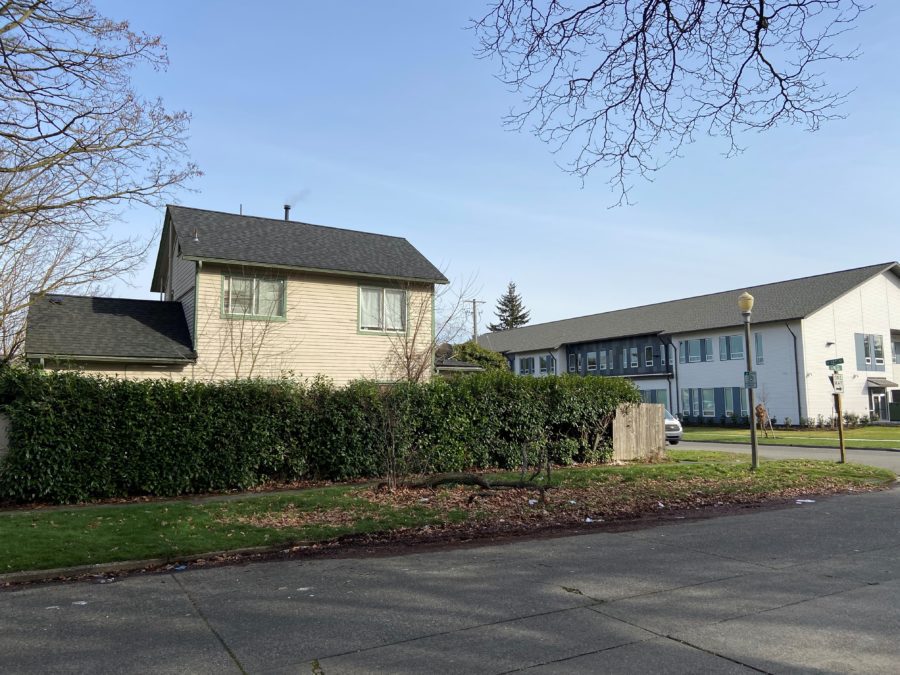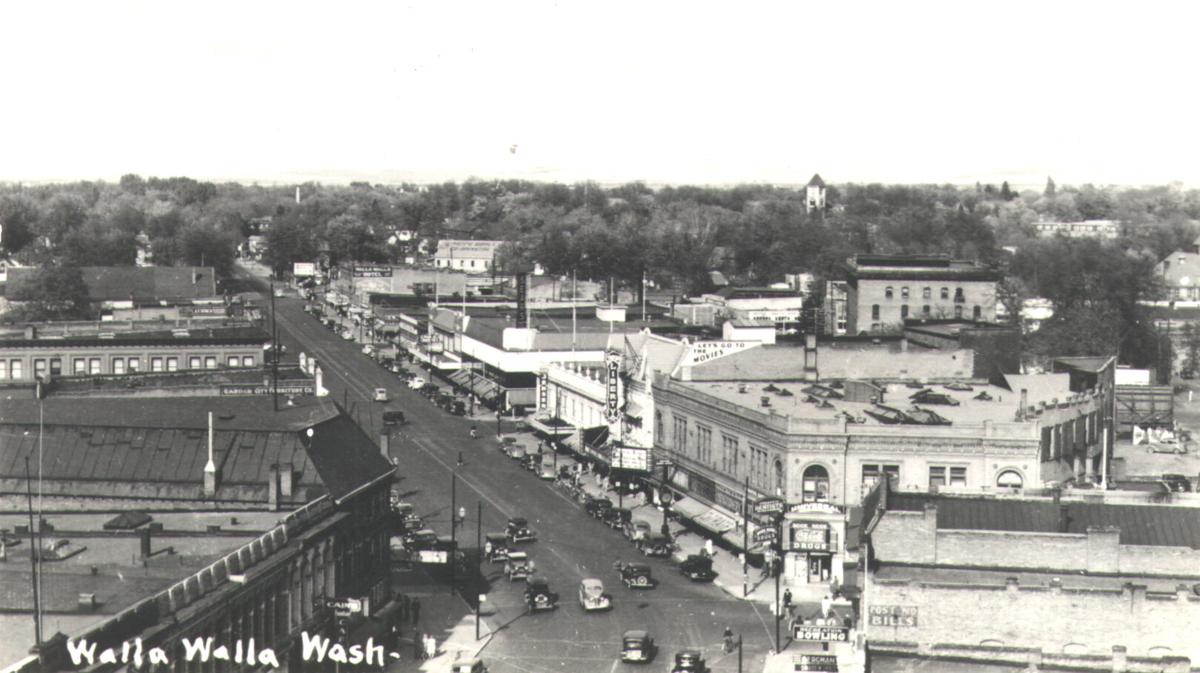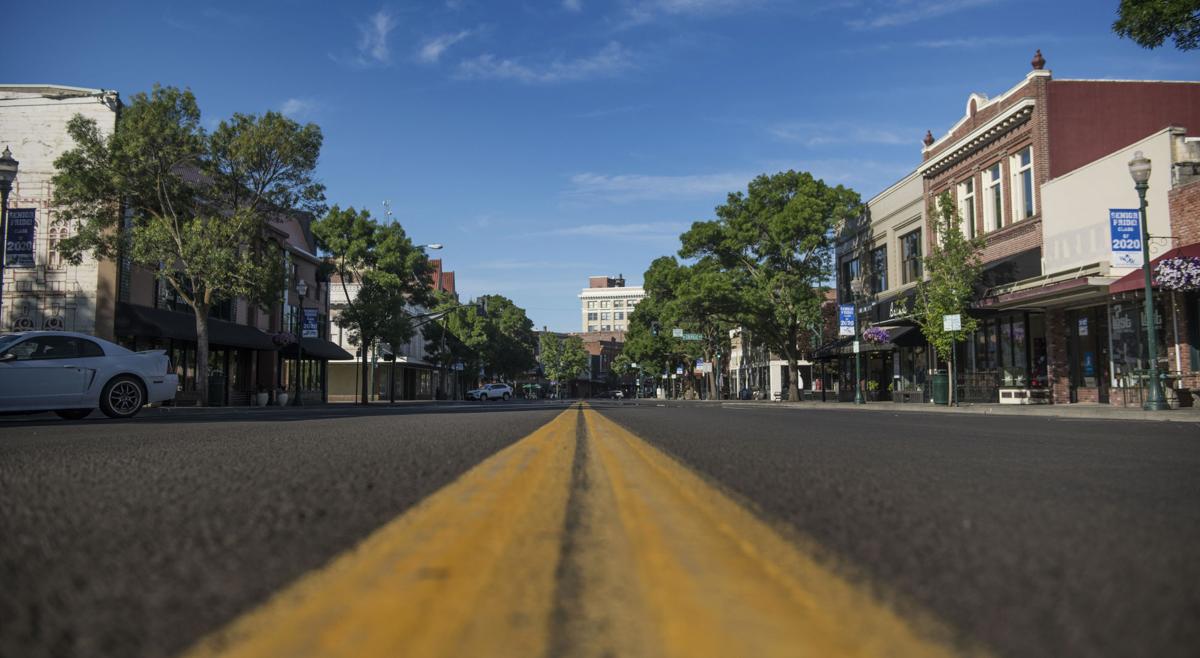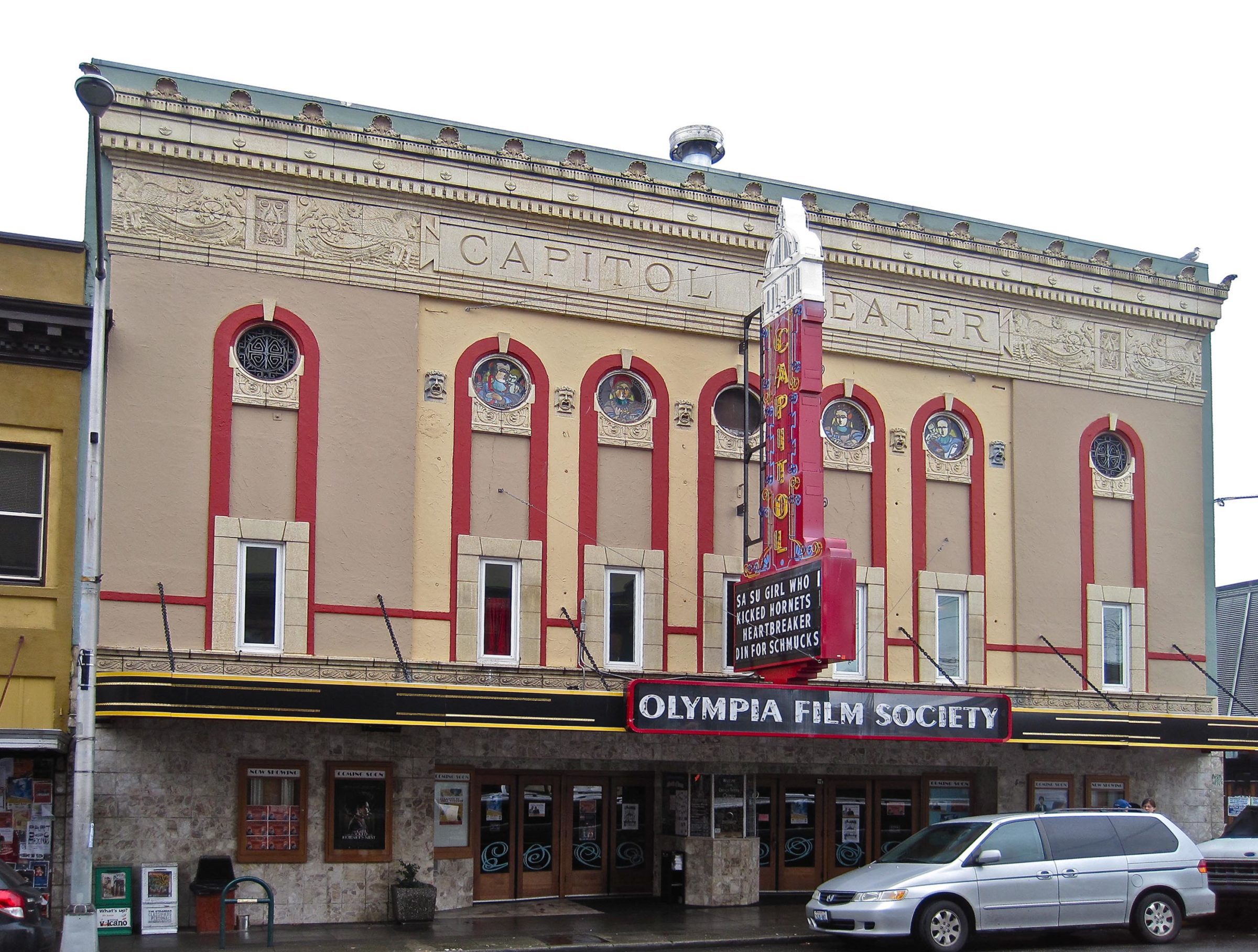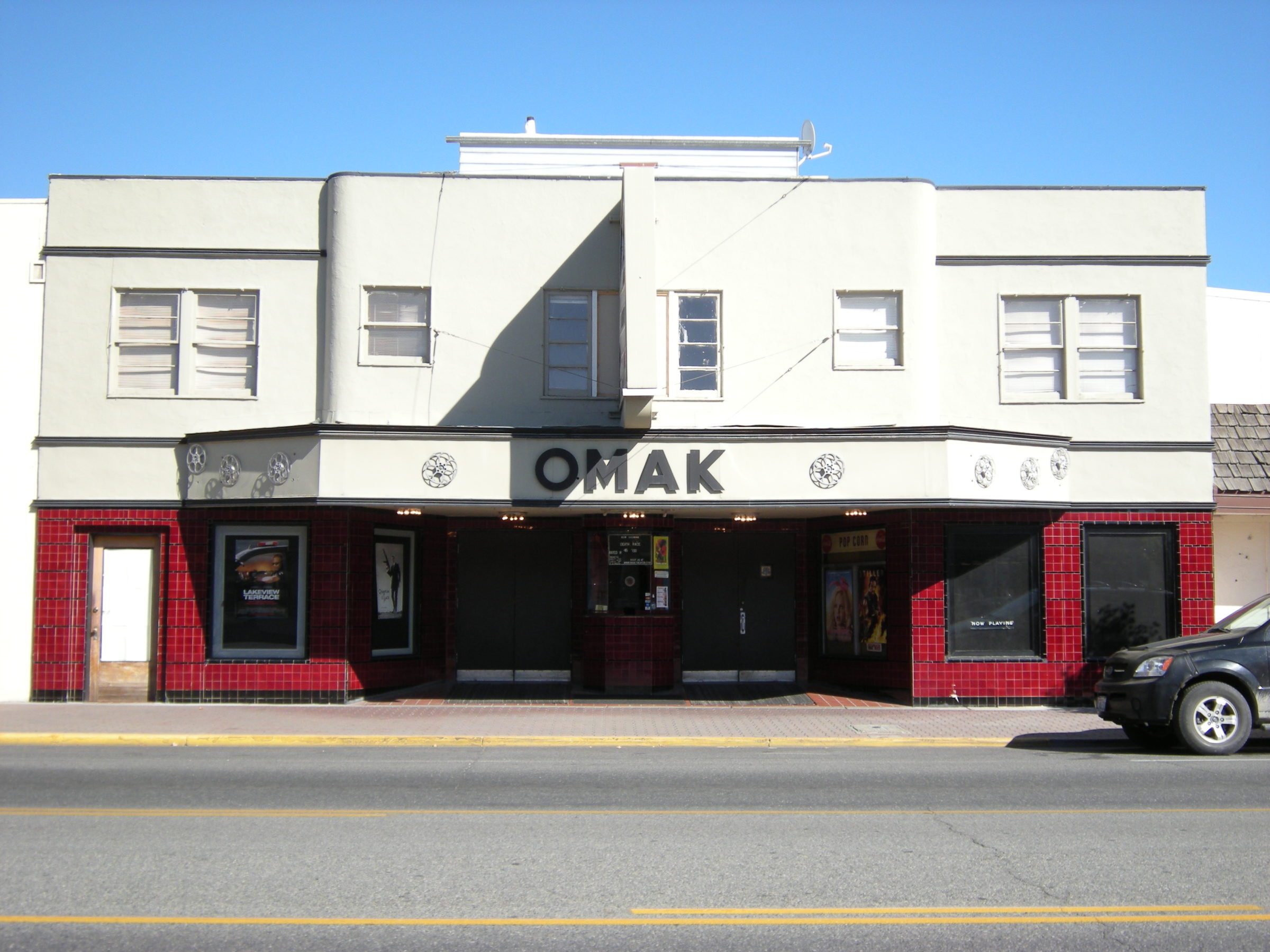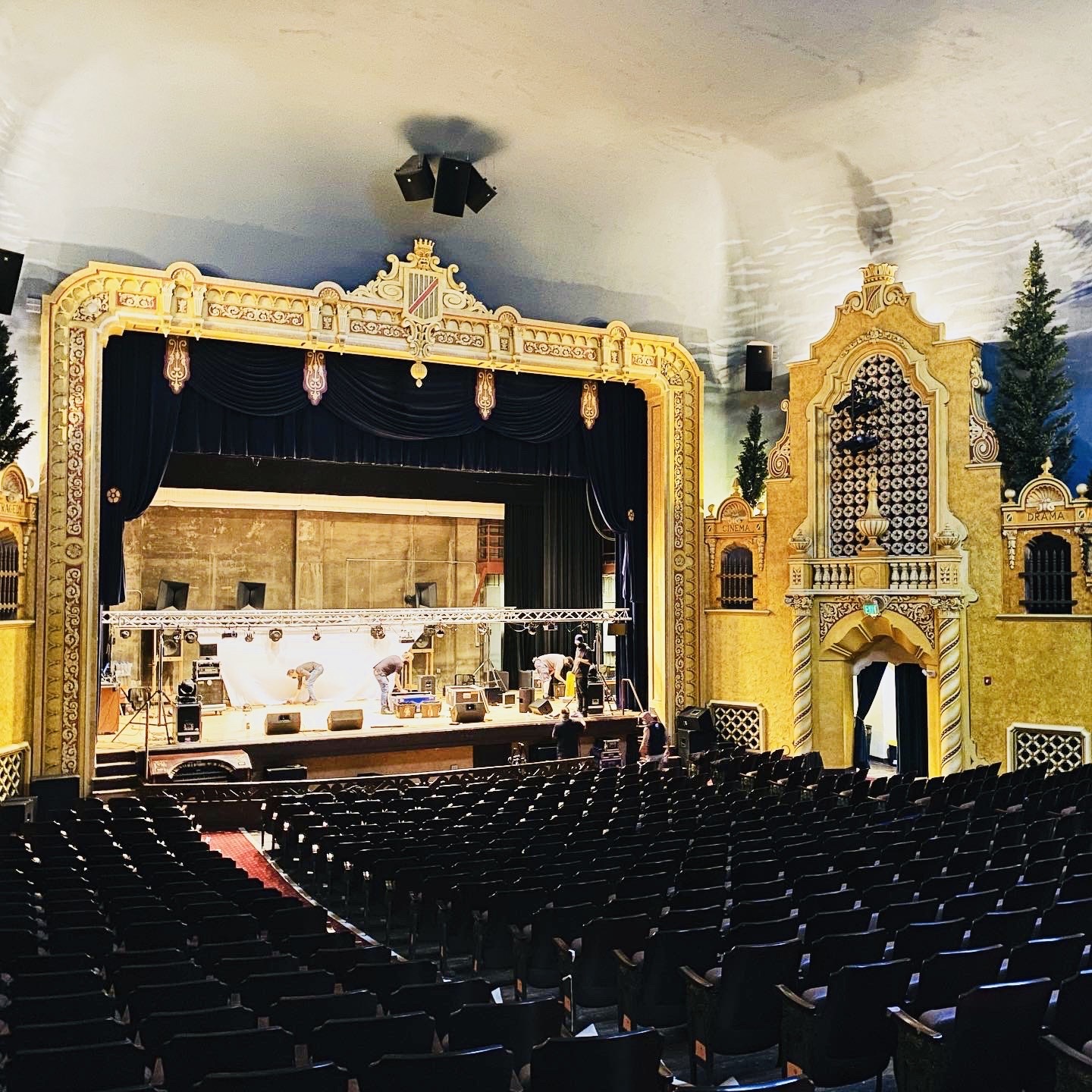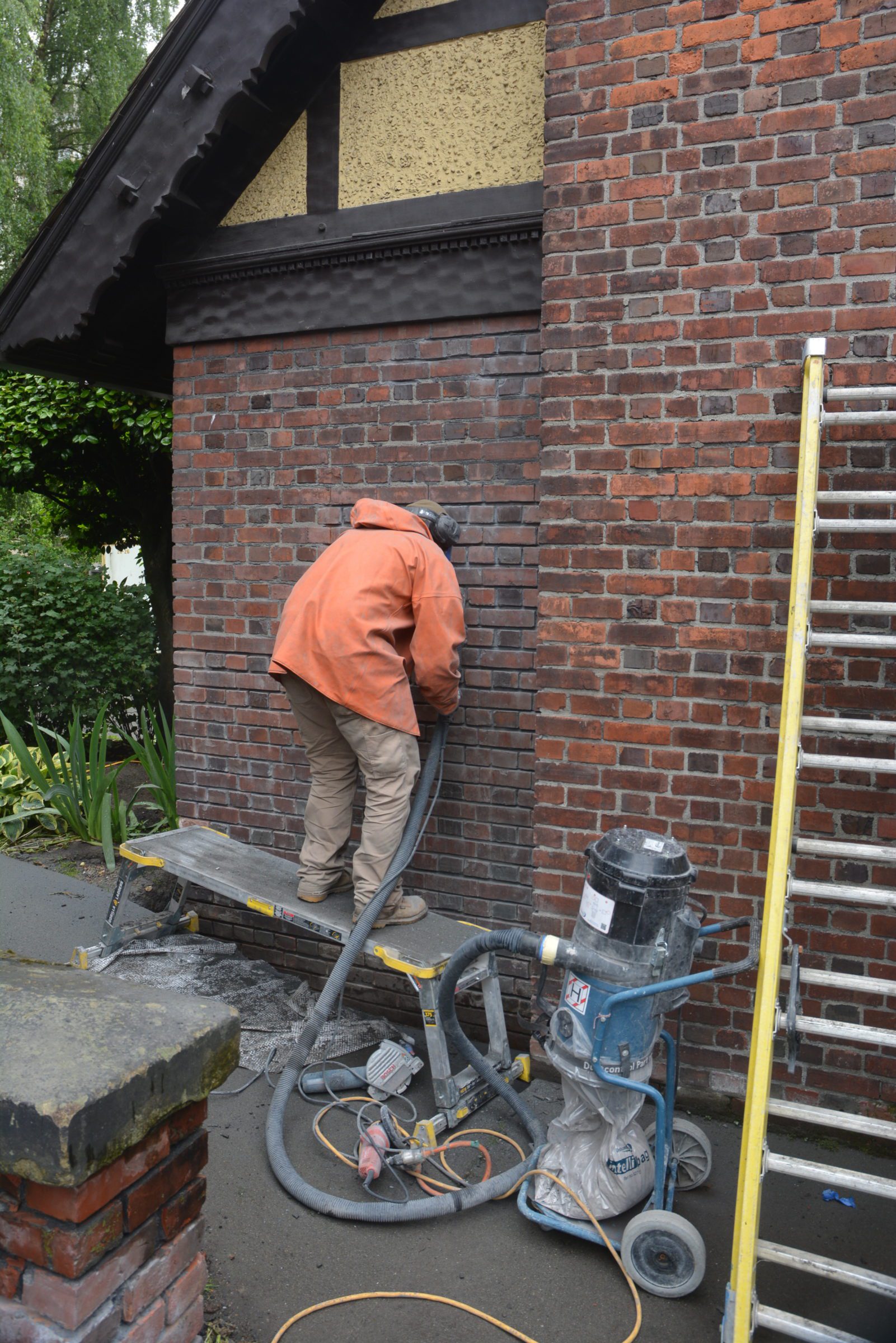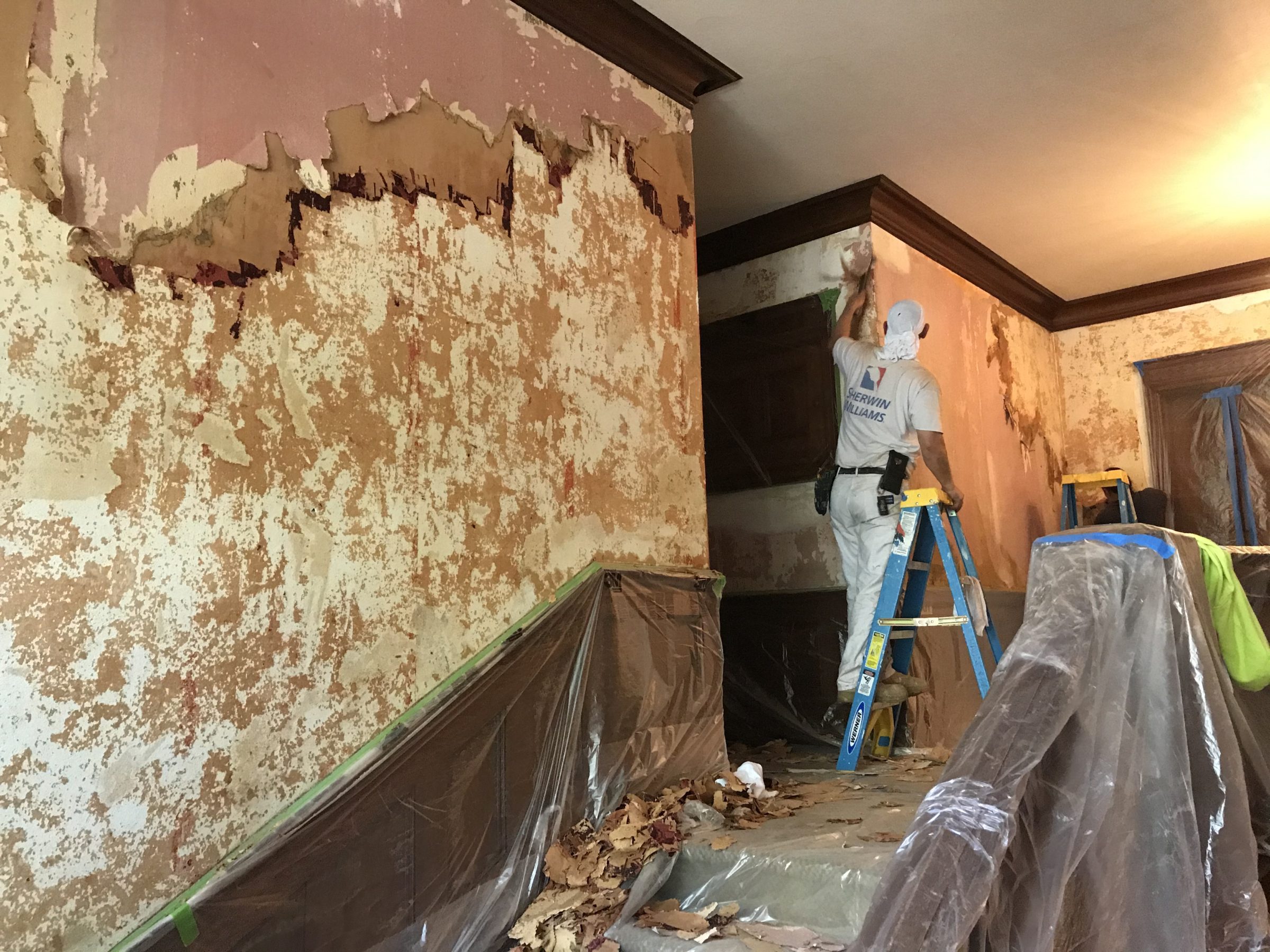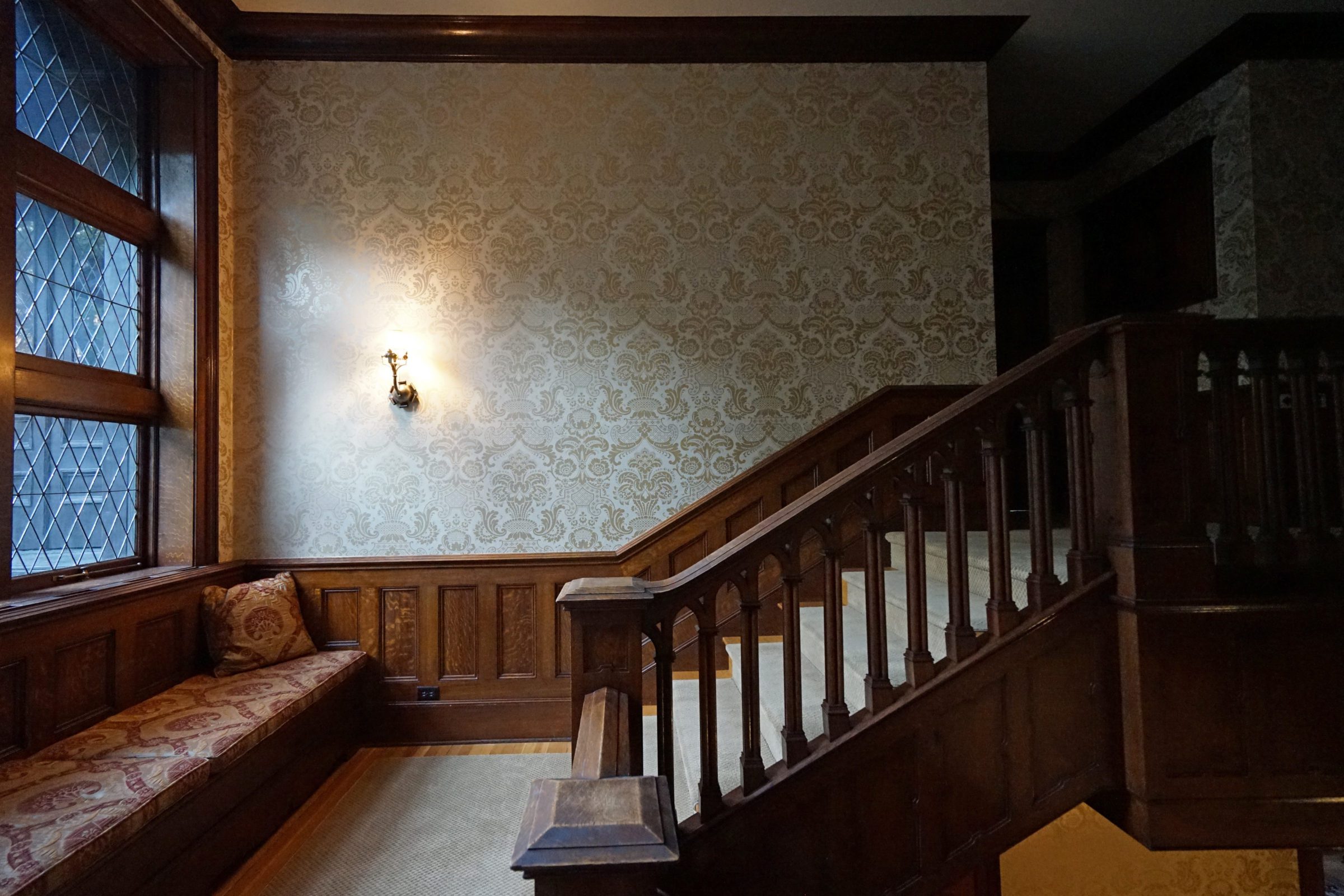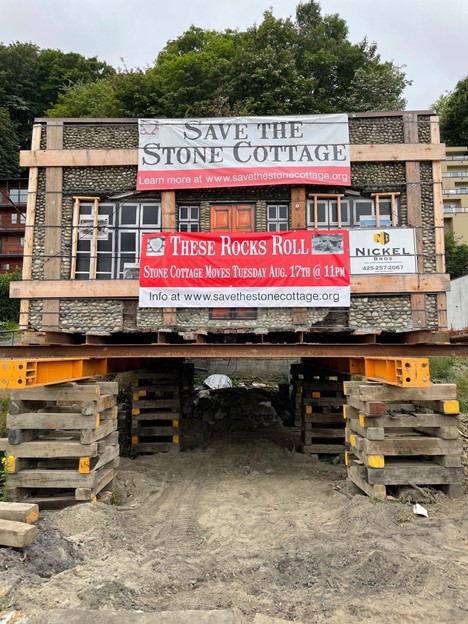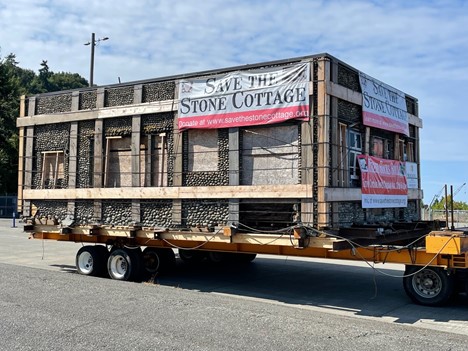Goldfinch Standard – 2021

At the beginning of each new year, we take a moment to look back at the past year to remember and celebrate some of the great preservation successes we’ve seen. This year—more than ever—we could use some positive news! And so we present to you, the Goldfinch Standard (i.e. “gold standard,” but in honor of our state bird) for 2021!
National Archives Building Saved
In 2020, alarm bells sounded when the Public Buildings Reform Board issued a recommendation to close the National Archives and Records Administration building near Magnusson Park in Seattle. This regional repository of records, documents, photos, and items of historical importance—including thousands of original Chinese Exclusion Act of 1882 records and Tribal and treaty records from the Northwest region’s 272 federally recognized tribes—was to be closed entirely, its historical holdings dispersed to California and Missouri and the property sold as a cost-saving measure. In response, the Washington Trust for Historic Preservation signed on to a lawsuit filed by the Washington State Attorney General, joining several other heritage organizations and 29 Tribes as plaintiffs seeking to prevent the closure of the Archives. In February 2021, a federal judge granted a preliminary injunction halting the sale, an outcome supported by 25 of the 26 members of Congress representing Washington, Alaska, Oregon, and Idaho. In April 2021, at the request of the Biden Administration, the Office of Management and Budget announced that it was withdrawing approval of the sale. Obstacles remain—the Archives building faces significant deferred maintenance, and the court ruling does not prevent future consideration regarding its closure or removal of its contents—but we are proud to have been part of the successful effort to keep these historical records in Washington State.
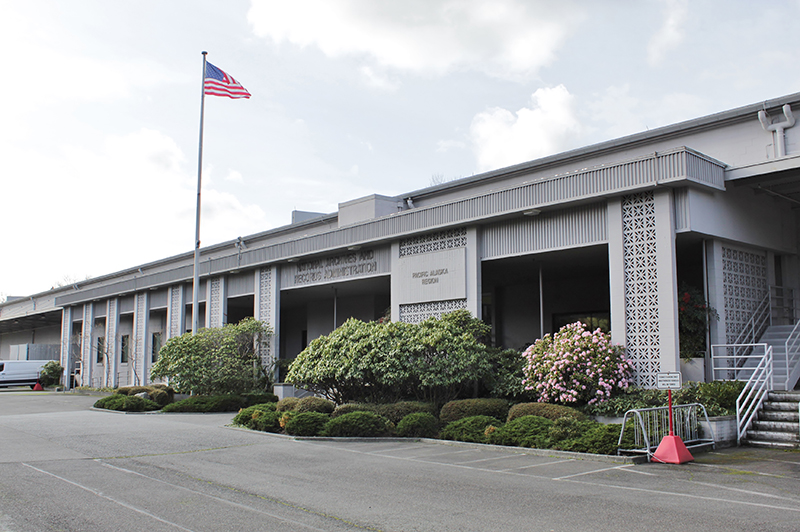
Nettie J. Asberry House Acquired
In Tacoma’s Hilltop neighborhood sits a modest house where, from 1903 until her death in 1968, Nettie J. Asberry lived, teaching music, fighting for civil rights for Black people, founding the first NAACP chapter west of the Rockies, and establishing the Tacoma City Association of Colored Women’s Clubs. In 2021, the Tacoma CWC sought to acquire the home, to use as a community center serving the Hilltop community, including a Black history library, exhibit space, and a fully restored music room to help interpret Nettie Asberry’s life and accomplishments. With support from many partners (including the Washington Trust, Forterra, and Historic Tacoma, to name a few), the Tacoma CWC approached the state legislature, requesting funds to acquire the house from the current owner. Embracing the opportunity to secure a property critical to understanding Black history in our state, the legislature allocated funding for acquisition. The sale closed on December 30 and the Tacoma CWC is now the proud steward of the Asberry House. Progress on implementing the full vision for the site moves forward. This includes securing designation as a City of Tacoma Landmark, which the Tacoma CWC also achieved in December. Continued fundraising remains underway to support much needed rehabilitation work. But the heavy lift, so to speak, has been accomplished—the Tacoma CWC will serve as the steward of the Nettie Asberry House moving forward, sharing Nettie’s lifework with the broader community.
Walla Walla Downtown Historic District Established
In September 2021, the Walla Walla Downtown Historic District was officially listed on the National Register of Historic Places—an achievement more than a decade in the making. Located at the heart of Walla Walla and encompassing just over 100 buildings, sites, and structures, the new historic district is bounded by Third Avenue to the southwest, Rose Street to the northwest, Palouse Street to the northeast, and the alley between Alder and Poplar streets to the southeast. The goal is to spur even more restoration and revitalization of historic buildings within the downtown core, as designation as a historic district opens options for use of federal historic preservation tax incentives. Building owners with contributing property within the district don’t need to get their property individually listed on the National Register of Historic Places to access the historic tax credits. The effort to achieve historic district designation began in 2008 with a historic property survey and was supported by the City of Walla Walla, Walla Walla Downtown Foundation, and Washington State Department of Archaeology & Historic Preservation, as well as numerous historians who gathered the facts, maps, and photos that went into the successful nomination prepared by Painter Preservation. Thus, not only is the success of the Walla Walla Downtown Historic District nomination the culmination of one effort; we hope it is the beginning of many preservation projects to come!
Increased Funding for Washington Main Street
The Washington State Main Street Program, operated by the Washington Trust in conjunction with the Department of Archaeology & Historic Preservation, supports economic revitalization in historic downtowns throughout the state. The network comprises 36 Main Street Community organizations and 30 Affiliates which act as advocates for and boots-on-the-ground supporters of the economic and social heart of their communities. Understandably, in 2021 the focus was on recovery, as small businesses struggled amidst pandemic shutdowns and regulations. Thanks to the firsthand testimony of local Main Street staff, board members, and business owners, as well as a decade of data demonstrating the positive economic impact of Main Street, the Washington State Legislature took two important steps to support the continued economic success of Main Street communities: doubling the Main Street Tax Credit Incentive Program (MSTCIP) from $2.5 million to $5 million and providing a budget increase that allowed for the hiring of two additional staff. The MSTCIP provides a Business & Occupation or Public Utility Tax credit for private contributions given to eligible designated Washington Main Street Communities, and the $5 million in credits essentially allows tax dollars to stay in the local economy. With the state program’s increased capacity, additional staff can work with communities aspiring to participate in the Main Street program, expanding the reach of the program to more jurisdictions.
Main Street Director Wins National Award
In April at the National Main Street Conference, Main Street America named the 2021 recipient of the Mary Means Leadership Award, which honors Main Street leaders who build local capacity, lead through strategy, exhibit innovation and ingenuity, bring together diverse stakeholders through a shared vision, demonstrate commitment to continuous learning, and advance a preservation ethic in their work. The winner? Our very own Washington State Main Street Program Director Breanne Durham! Breanne was nominated jointly by the executive directors of all 36 Washington Main Street Communities, who credit her unflagging encouragement for supporting local groups during the pandemic and motivating them to achieve their goals. In a year when the pandemic devastated small businesses nationwide, Breanne pushed to launch an impact study that illustrates why Washington’s Main Streets are vital to the state economy. The study shows that from 2011 to 2019, every state dollar invested in Main Street has returned $1.58 to the state in the form of tax revenues—making the case that public and private funding for Main Street programs delivers a significant return on investment. Congratulations on such a well-deserved honor, Breanne!
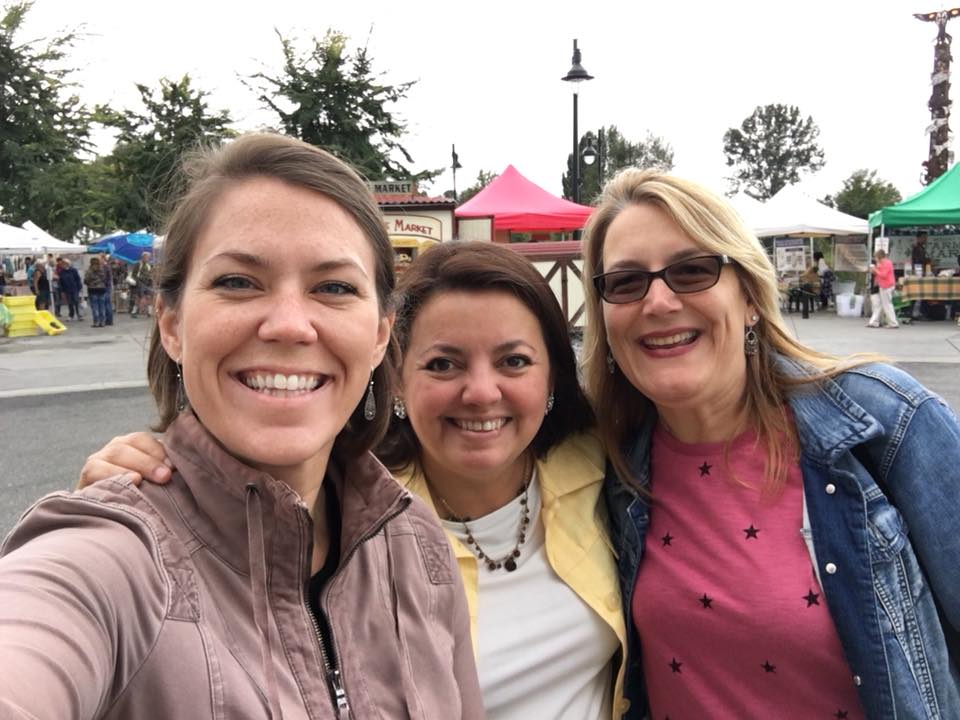
Historic Theater Grant Program Created
Since the early 20th century, historic theaters have served as economic and entertainment engines for literally hundreds of downtowns and neighborhood centers across the country. A survey completed by the Department of Archaeology & Historic Preservation (DAHP) in 2008 identified more than 80 operating historic theaters in Washington State, most located in the downtown core of smaller, rural communities. Beloved as these venues are, the challenges they face are daunting—first battling competition from high-tech multiplexes and streaming services, then forced to close in 2020 and 2021 during the COVID-19 pandemic. With no source of revenue, historic theaters simply went dark. Given the catalytic role many historic theaters play in their local downtown economies, the hardship was felt broadly. In 2021 the Washington Trust added historic theaters statewide as a new entry in our Most Endangered Places program. We worked to raise awareness of the plight of historic theaters and advocated with the Washington State Legislature for the creation of a new grants program benefitting historic theaters. Thanks to testimonials from historic theater operators across Washington, the legislature allocated $300,000 to establish a new capital grants program specifically targeting the rehabilitation of historic theaters. Housed within the Department of Archaeology & Historic Preservation, the new Historic Theater Grant Program will award its first round of grants in early 2022.

Capitol Theater, Olympia 
Omak Theater, Omak 
7th Street Theater, Hoquiam
Stimson-Green Mansion Capital Campaign Completed
In the spring of 2021, with the help of more than 150 funders and individual donors, the Washington Trust successfully completed a multi-year, $1 million capital campaign to conduct major restoration projects at its headquarters, the 120-year-old Stimson-Green Mansion—a National Register-listed property and City of Seattle landmark. The restorations included in-kind replacements of wallpaper, silk wall coverings, and carpet; repairs of the mansion’s historic leaded windows and stained glass windows; replacement of the entire domestic water system; and the complete repointing and repair of the building’s historic masonry. The masonry restoration itself was a monumental undertaking, conducted in May and June of 2021 by Pioneer Masonry Restoration Company, and featured in a three-part webinar series on historic masonry maintenance hosted by the Masonry Institute of Washington and other partners. To all who contributed to our capital campaign, thank you so much for your support! With the Stimson-Green once again open to the public and more beautiful than ever, we hope you will sign up for one of our monthly educational tours soon. www.preservewa.org/tours

A crew member from Pioneer Masonry Restoration Company works on the Stimson-Green Mansion masonry restoration in June 2021. Photo by Chris Moore. 
A worker from Hauge & Hassain scrapes away six layers of old wall coverings in preparation for laying the new wallpaper in the summer of 2020. Photo by Chris Moore. 
The beautiful new wallpaper on the landing of the Stimson-Green Mansion! Photo by Jennifer Mortensen.
St. Ignatius Hospital Raises Funds for Restoration
Listed as a Washington Most Endangered Place since 2015, the 128-year-old St. Ignatius Hospital in Colfax took a major step toward “saved” status in April 2021. Operated as a hospital until 1964 and as an assisted living facility until 2000, the property was purchased in 2021 by Colfax small business owners and preservation power couple Austin and Laura Storm. The Storms now operate the building as Friends of St. Ignatius and hope to see the building “shine as a historic event venue and hotel, with space for artist retreats, maker classes, food and drink, small businesses, and more.” With help from an anonymous matching donor, the Storms raised more than $83,000 to retire the short-term mortgage in order to free up funds and begin the building’s urgent roof and structural repair. Donations to Friends of St. Ignatius are still being accepted and are tax deductible through their fiscal sponsor, the Whitman County Historical Society. Throughout the building’s long-term restoration, the Storms are partnering with the Colfax Chamber of Commerce to offer historic and haunted hospital tours. For those who may be too scared to visit, follow along on their Instagram @stignatiuscolfax.
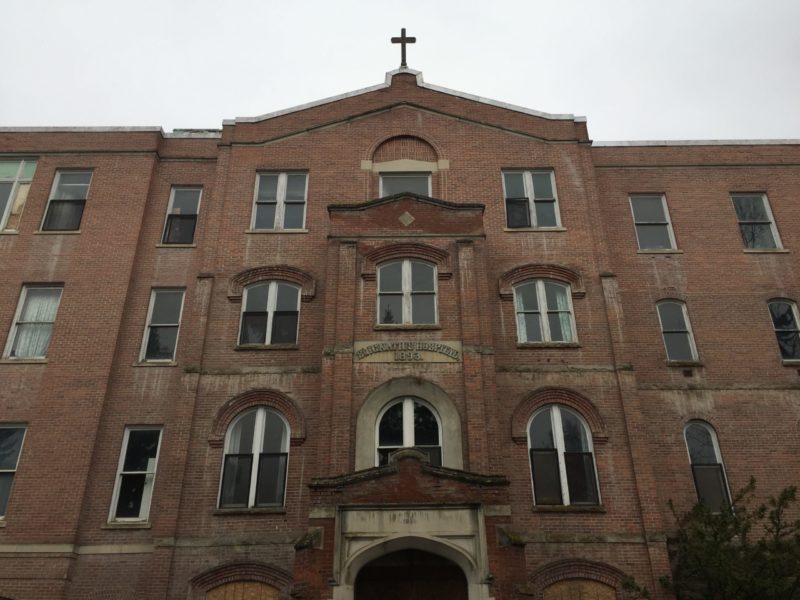
Stone Cottage in West Seattle Saved
The beloved Stone Cottage along the West Seattle shoreline was created during the Great Depression by Eva Falk and her family, who collected more than 15,000 beach rocks and hired (and fed) unemployed stonemasons to affix the rocks to the cottage walls. In 2019, preservation-minded advocates affiliated with the Southwest Seattle Historical Society and mentored by Historic Seattle formed Save The Stone Cottage LLC and approached the new developer with a plan for the preservation of the structure. In 2020, a GoFundMe campaign raised Phase I funds to reinforce and move the house to temporary storage until a final site location could be determined. Accordingly, in August 2021, the cottage was raised eight feet in the air, moved off its lot, and rolled south one mile along Harbor Avenue to a temporary storage site on Port of Seattle property. Thanks to the meticulous planning and execution of leading house movers Nickel Bros., not a single rock was lost off the façade of the house during the move. In October 2021, Save the Stone Cottage LLC was awarded the Community Advocacy Award at Historic Seattle’s annual Preservation Celebration. The group is now in the Phase II planning process to determine a final site location.

